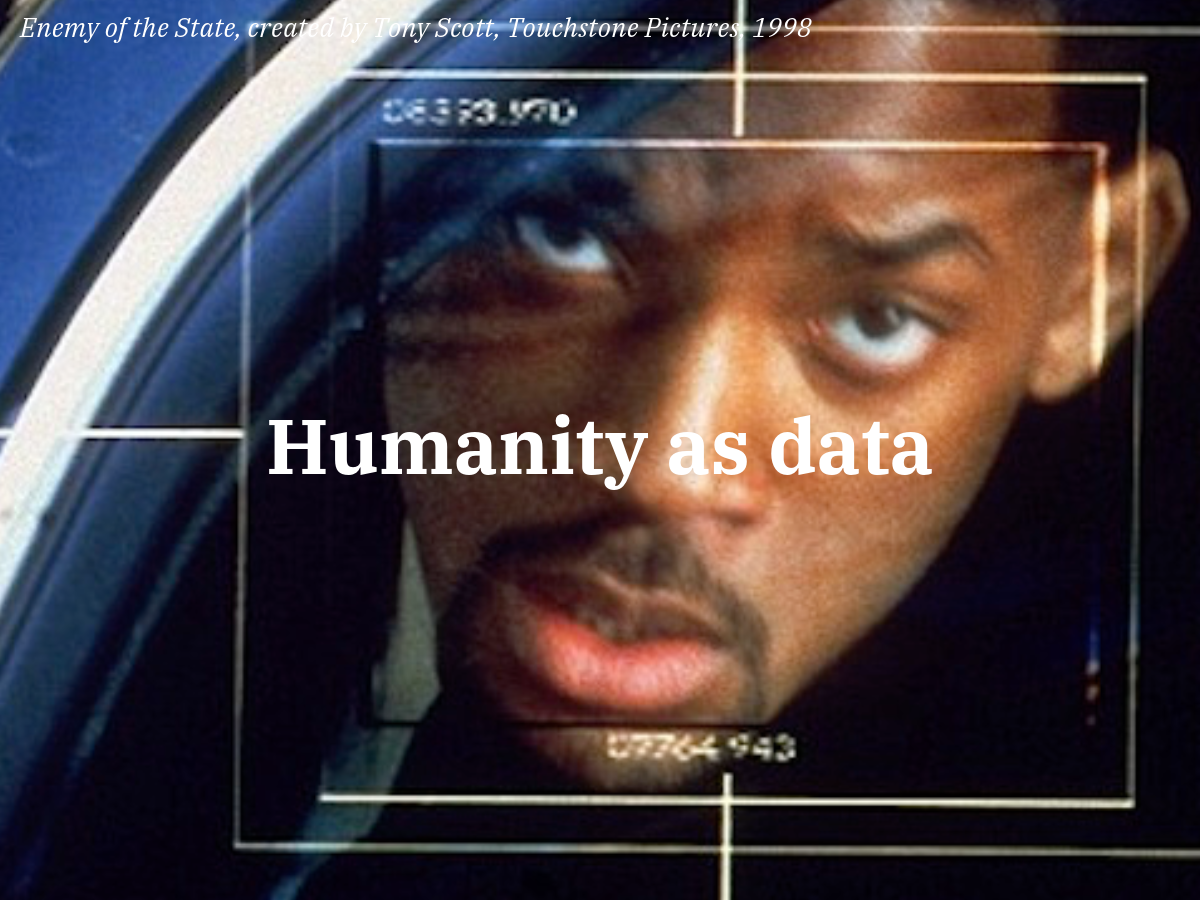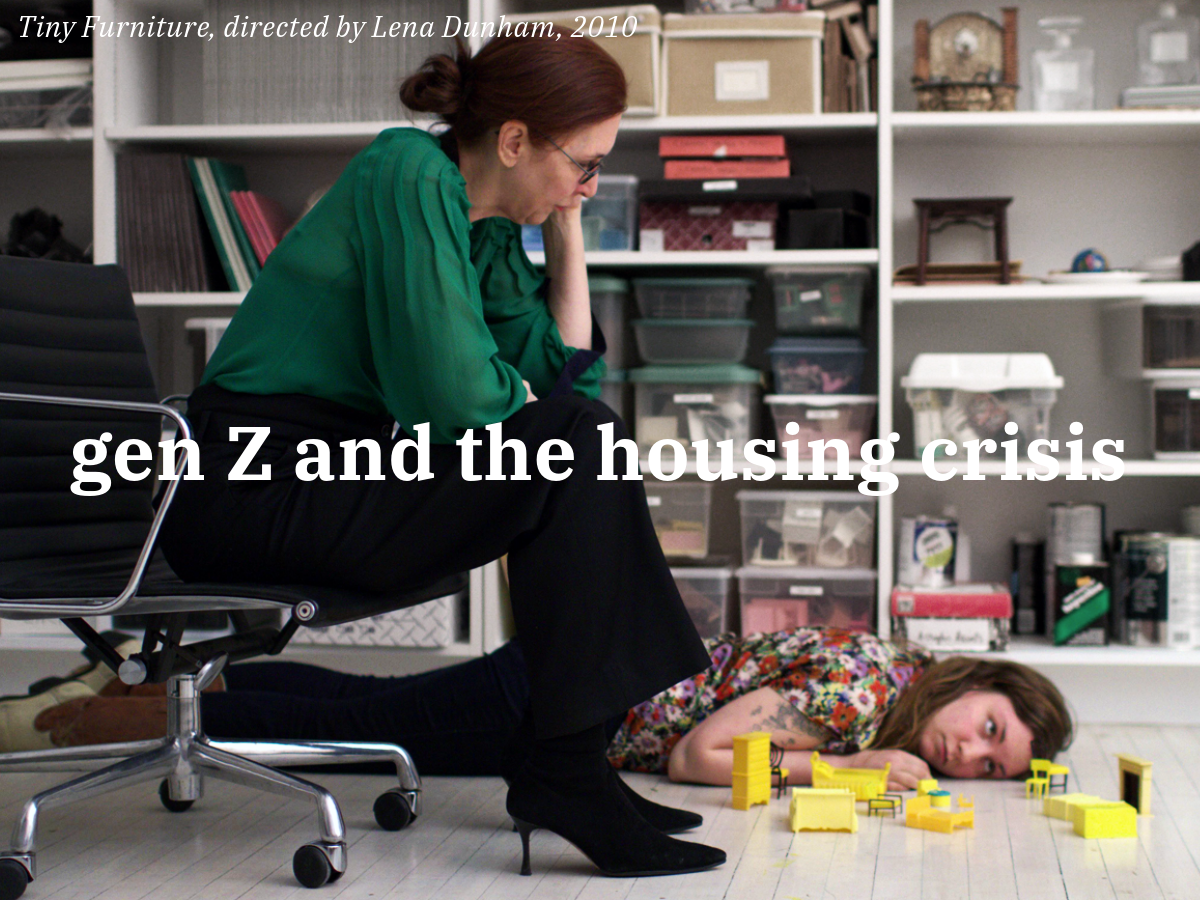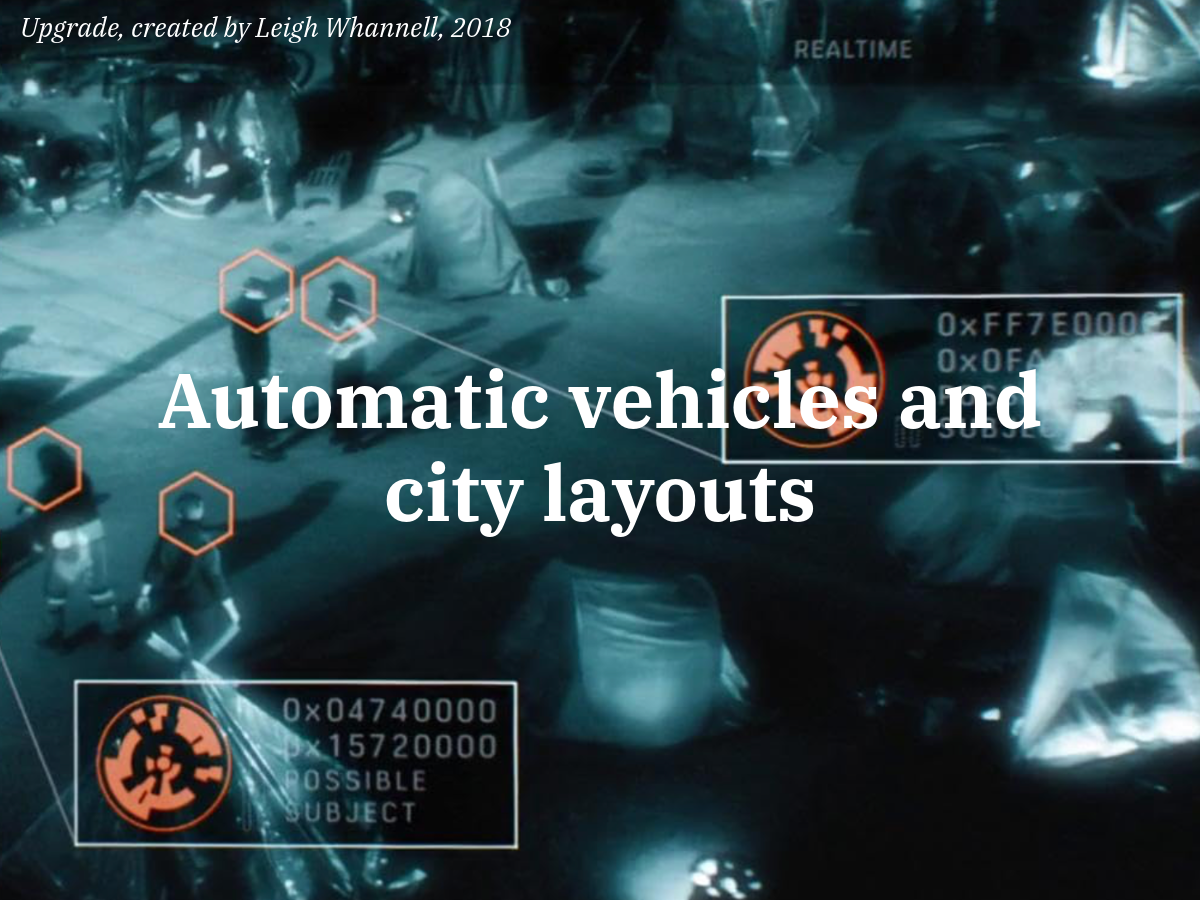Drivers: what’s happening
Data centres that power AI have unprecedentedly increased electricity usage. As AI development is rising, annual investment in data centre construction in the US has doubled in the past two years. In 2023, Google, Microsoft, and Amazon invested more in building AI infrastructure and data centres than the entire U.S. oil and gas industry spent on operations and expansions. Their combined investment amounted to approximately 0.5% of the total U.S. GDP. By 2023, data centres in the U.S. will require three times more power.
Source: The International Energy Agency
The numbers
Data centres consumed 4.4% of U.S. electricity in 2023. AI use is expected to drive electricity consumption by 12% by 2028.
The power needs of data centres in the US are expected to rise to 11%-12% of total demand in 2030, from 3%-4% today.
Source: McKinsey & Company
Urban shifts
Federal bans on data centres
In Ireland, data centres consume more electricity than the country’s residents combined. Grid operators could not handle the high demand and considered rolling blackouts. Ireland stopped all new data centre developments near Dublin until 2028. The government is urging tech companies to move outside the capital and find their power sources.
Irish data centres consume approximately 21% of the country's electricity. Projections suggest they could take up 30% of the country’s electricity by 2030.
Source: Associated Press
Tech companies as energy producers
AI advancement is driving an insatiable need for energy. This demand is pushing tech companies to explore new energy sources. Oklo is a nuclear startup backed by Sam Altman of OpenAI. In December 2023, it signed an agreement to provide power to Las Vegas-based data center Switch until 2044. Oklo plans to deploy its nuclear reactors by 2027. In an interview for The Times, Oklo presented nuclear energy as the sustainable choice to “meet artificial intelligence's growing electricity demands”. Google partners with Kairos Power to use nuclear energy for its AI-driven data centres. Microsoft and Amazon are also investing in nuclear-powered data centres.
Microsoft signed a power purchase agreement (PPA) with Constellation for 20 years. Constellation will restart the Three Mile Island Unit 1 nuclear reactor to supply 500 MW.
Source: Atlantic Council
What does it mean for your city?
AI data centres need a 24/7 uninterrupted energy stream. Existing electricity grids are no longer able to accommodate the demand. This creates new energy infrastructure models. Silicon Valley’s financial power and desire for energy security drive innovation, as tech corporations design and invest in their energy infrastructure. Other industries are adopting the trend as well. Nucor (steel), Dow (chemicals), and hydrogen production projects integrate nuclear energy for uninterrupted industrial power.
Nuclear energy is rebranded as “green” to fit corporate sustainability quotas. However, nuclear is still a controversial source. Disposed radioactive waste lasts thousands of years. Chernobyl and Fukushima are still fresh in the psyche as major nuclear disasters. This greenwashing of nuclear masks long-term risks while allowing big tech to secure stable energy sources under the guise of sustainability.
Control over energy resources is becoming a strategic priority for tech giants as they gain unprecedented influence over energy production and distribution. Traditional power structures shift to corporations, not governments, shaping the future of energy governance. Tech giants become energy superpowers. This raises concerns over monopolisation, as a handful of corporations could control who has access to energy, how energy is priced, and what energy sources are prioritised. Cities could become reliant on tech giants for their energy needs, influencing local governance, economic independence, and long-term urban planning strategies. The focus on meeting computational energy demands (for AI and data centres) might divert resources away from residential and community needs, exacerbating energy inequality.
Strategic opportunity
When designing energetic policies, opt for democratic oversight of shared energy infrastructures. Ask yourself, “Is this policy serving a data centre or my community’s interests?”
Subscribe to Urban Futures Lab and stay ahead of urban change. Get in-depth analysis, urban foresight, and strategies that help future-proof your city.
Thank you!
Urban Futures Lab is a strategic urban foresight Think Tank. We decode the forces shaping our cities and industries. We help urban decision-makers, developers, researchers, and anyone curious about the future of urban living discover the interconnected systems driving urban change. Our insights offer a holistic perspective on the future of urban ecosystems, helping you make informed, future-proof decisions.
Subscribe for exclusive access to deep dives, global drivers, and strategies to stay ahead in an ever-changing world.






